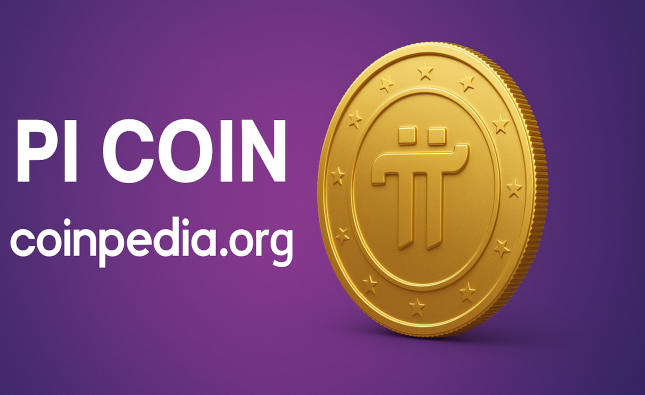
Global supply chains are at a critical juncture, influenced by evolving technologies, shifting economic landscapes, and changing geopolitical dynamics. As we look ahead, understanding the future of global supply chains involves analyzing these factors and their implications. This article will delve into the transformative trends shaping the future of global supply chains, explore the potential challenges and opportunities, and provide a comparative analysis to highlight different scenarios.
Technological Advancements and Their Impact

Automation and Robotics
The integration of automation and robotics is revolutionizing global supply chains. Advanced robotics in warehouses and manufacturing facilities enhances efficiency, reduces human error, and lowers operational costs. Automated systems can manage inventory, sort packages, and even perform complex manufacturing tasks with precision.
Benefits:
- Increased efficiency and productivity.
- Reduced labor costs and human error.
- Enhanced ability to scale operations quickly.
Challenges:
- High initial investment costs.
- Potential job displacement.
- Need for specialized training and maintenance.
Artificial Intelligence and Machine Learning
Artificial Intelligence (AI) and Machine Learning (ML) are driving significant advancements in supply chain management. AI algorithms analyze vast amounts of data to predict demand, optimize routes, and manage inventory levels. Machine learning models can identify patterns and anomalies, leading to more informed decision-making.
Benefits:
- Improved demand forecasting and inventory management.
- Enhanced supply chain visibility and risk management.
- Greater accuracy in route optimization and logistics planning.
Challenges:
- Data privacy and security concerns.
- High implementation costs and complexity.
- Dependence on data quality and accuracy.
Blockchain Technology
Blockchain technology offers a decentralized and immutable ledger, providing transparency and security in supply chain transactions. It can track the provenance of goods, verify authenticity, and reduce fraud. Blockchain also enables smart contracts, which automate and enforce contractual agreements.
Benefits:
- Enhanced transparency and traceability.
- Reduced fraud and counterfeiting.
- Streamlined and automated transactions.
Challenges:
- Integration with existing systems.
- Scalability and performance issues.
- Regulatory and compliance considerations.
Geopolitical and Economic Influences
Trade Policies and Tariffs
Trade policies and tariffs significantly impact global supply chains. Changes in trade agreements, tariffs, and import/export regulations can affect cost structures and sourcing strategies. Companies must navigate these complexities to maintain competitive advantages and mitigate risks.
Benefits:
- Opportunities for market expansion and diversification.
- Incentives for local sourcing and production.
Challenges:
- Increased costs due to tariffs and trade barriers.
- Uncertainty and volatility in international markets.
- Compliance with varying regulations across countries.
Economic Shifts and Market Dynamics
Economic shifts, such as emerging markets’ growth and fluctuating currency exchange rates, influence global supply chains. Companies must adapt to these changes by reassessing their sourcing, production, and distribution strategies to remain competitive and resilient.
Benefits:
- Access to new and growing markets.
- Potential cost advantages from favorable exchange rates.
Challenges:
- Exposure to economic instability and currency fluctuations.
- Need for agility and flexibility in supply chain operations.
Environmental and Sustainability Considerations
Sustainability has become a crucial factor in supply chain management. Companies are increasingly focusing on reducing their environmental impact through sustainable practices and ethical sourcing. Regulatory pressures and consumer demand drive the need for greener supply chains.
Benefits:
- Improved brand reputation and customer loyalty.
- Compliance with environmental regulations and standards.
Challenges:
- Increased costs for sustainable materials and practices.
- Complexity in measuring and reporting environmental impact.
Comparative Analysis of Future Scenarios
To better understand the potential future of global supply chains, the following table compares different scenarios based on key trends and challenges.
| Scenario | Technological Advancements | Geopolitical and Economic Influences | Environmental and Sustainability Considerations |
|---|---|---|---|
| Highly Automated | Extensive use of automation, AI, and robotics | Trade policies and tariffs impact cost structures | Emphasis on sustainability and ethical sourcing |
| Moderately Automated | Partial integration of advanced technologies | Adaptation to shifting trade policies and market dynamics | Gradual adoption of sustainable practices |
| Low Automation | Minimal use of advanced technologies | High volatility in trade policies and economic conditions | Limited focus on sustainability due to cost concerns |
Conclusion
The future of global supply chains is poised for transformative changes driven by technological advancements, geopolitical and economic factors, and environmental considerations. Automation, AI, blockchain, and sustainability will play pivotal roles in shaping supply chain strategies. Companies must navigate these trends and challenges with agility and foresight to maintain competitive advantages and ensure resilient, efficient, and sustainable supply chains.
In summary, as global supply chains evolve, organizations must stay ahead of technological developments, adapt to shifting geopolitical and economic landscapes, and embrace sustainability to thrive in an increasingly complex and interconnected world.










